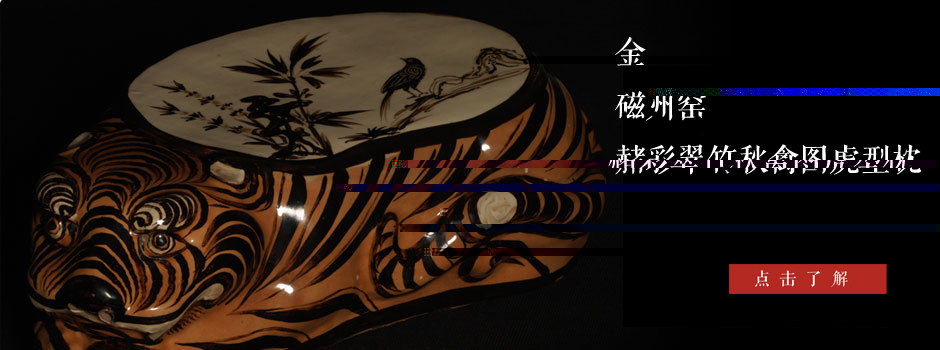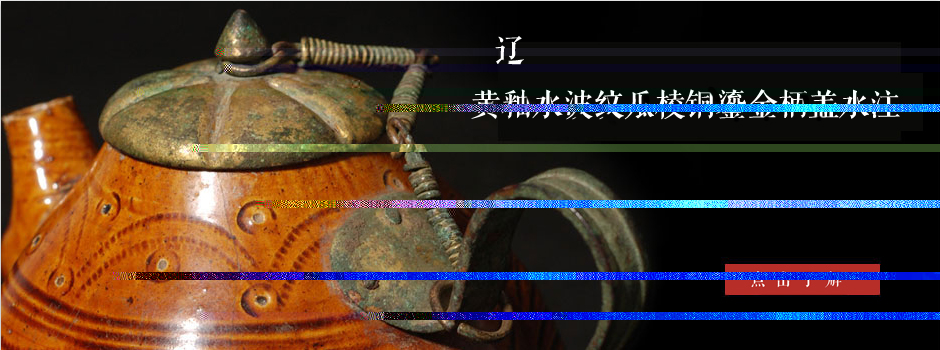- >> Company Profile
- >> President's Speech
- >> Brand Service
- >> Mission & Goals
- >> Value System
- >> Brand Construction
- >> Philosophy and Mode
Address: Room 614-616,China World Office 1, No.1 Jian Guo Men Wai Avenue, Beijing, P.R.C.
Tel:+86-10-65051177
Fax:+86-10-65058988
E-mail:soongs@zbkenuo.com
Home >> Show Items
White glazed plum vase incised with flower pattern produced by Cizhou Kiln. H:32cm
 |
 |
Plum vase has small mouth, short neck, wide shoulder and thin bottom and round foot. It is said that the small mouth can only hold the plum trees, from which the vase gained the name of “plum vase”. Xu Zhiheng wrote “The vase has small mouth, short neck, and wider shoulder. It is thinner at its shin and a little bigger at its bottom. The caliber of the vase is match with the thin bone of plum, from which the vase was name plum vase” in his book “Discussion of Porcelain at Yinliu Room”. Xu explained the common standard of the plum vase for the later generations.
In reality, the plum vase was called “Jing Vase” in Sing Dynasty. Seen from the wall painting of tombs, it was used as the container of wine. There are two plum vases with white glaze. On the painting of preparation for feast in the tombs of Liao Dynasty in Xuanhua (Picture 1), there were many figures of plum vases, which proved that the vase was used as the container for wine. Meanwhile, the plum vase in Song was also used as decoration. This vases used for pattern arrangement can be seen on the wall painting of Zhang Shiqing’s tomb (Picture 2). Thus, the vase has two functions as the container and vase.
The design of this vase reflects the features of femininity, which give us a sense of beauty. The lines are perfect in the transition. Since the Song Dynasty, plum vase has been regarded as the classical porcelain. Compared all the plum vases in the history, the ones in Song Dynasty are most beautiful.
In all the collections, both at home and abroad, the first one that share the model and function with the plum vase is the plum vase incised with pattern produced by Ding Kiln (Picture 3)collected by Percival David Foundation of Chinese Art. Besides, there are two plum vases listed as the important cultural property in Japan. One is the black-glazed plum vase with patterns incised on the white surface (Picture 4) that is collected by the Tokyo Yongqing Library. The other one is the black glazed plum vase with pattern and dragon incised on the white surface (Picture 5) that is collected by White Crane Gallery. The three vases above share the same sense of rhythm with the vase in design, which is the style of the same period. Thus, the vase may be produced in the flouring period of kiln industry in the late Northern Song Dynasty.
The decoration of the vase applies the method of engraving and painting. The decoration is set on the body of the vase, with simple patterns and free cutting. The Cizhou Kiln had made great achievements only by applying simple materials and easy methods, which is appreciated by the public.
The remains with similar decoration and pattern of the vase are found in Guantai Kiln, Ci County (Picture 6), which can prove that the vase was produced in Cizhou Kiln of Northern Song Dynasty.

Picture 1 Mausoleum of Liao Dynasty in Xuanhua, Hebei
Painting of preparation for feast

Picture 2 Mausoleum of Liao Dynasty in Xuanhua, Hebei
The wall painting on the west wall of the room behind the Zhang Shiqing’s Room

Picture 3 The plum vase incised with pattern produced by Ding Kiln in Northern Song Dynasty PDF101 Collected by British David Foundation Height: 36.5cm

Picture 4 The black-glazed plum vase with patterns incised on the white surface.The collection of by Tokyo Yongqing Library Important cultural property
Height: 40.2cm

Picture 5 The black glazed plum vase with pattern and dragon incised on the white surface
The collection of White Crane Gallery
Important cultural property
Height: 40.5cm

Picture 6 Unearthed in Guantai Kiln, Ci County, Hebei
The collection of Ci County Historic Relics Administration




